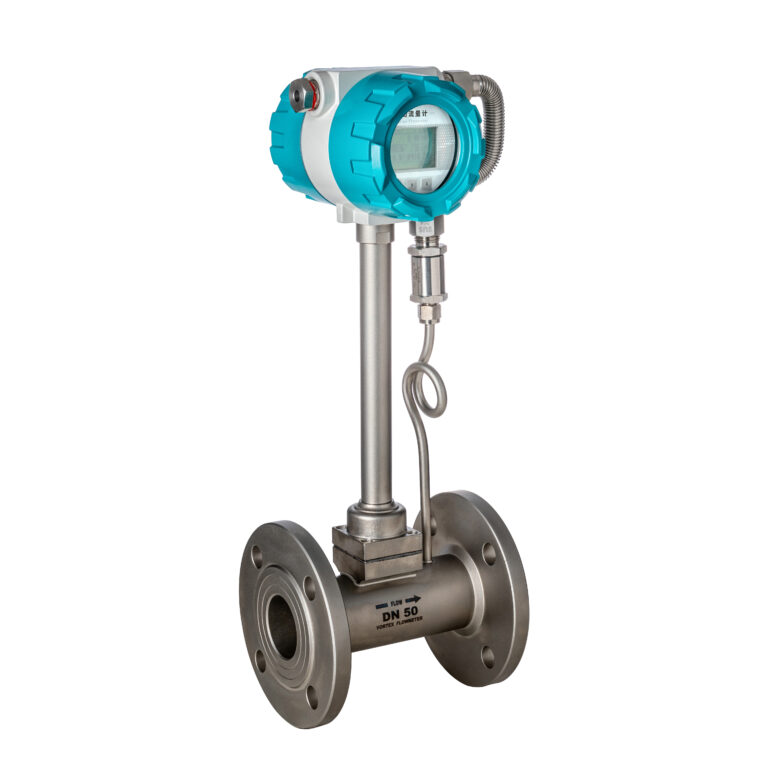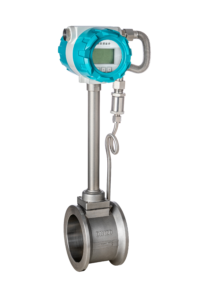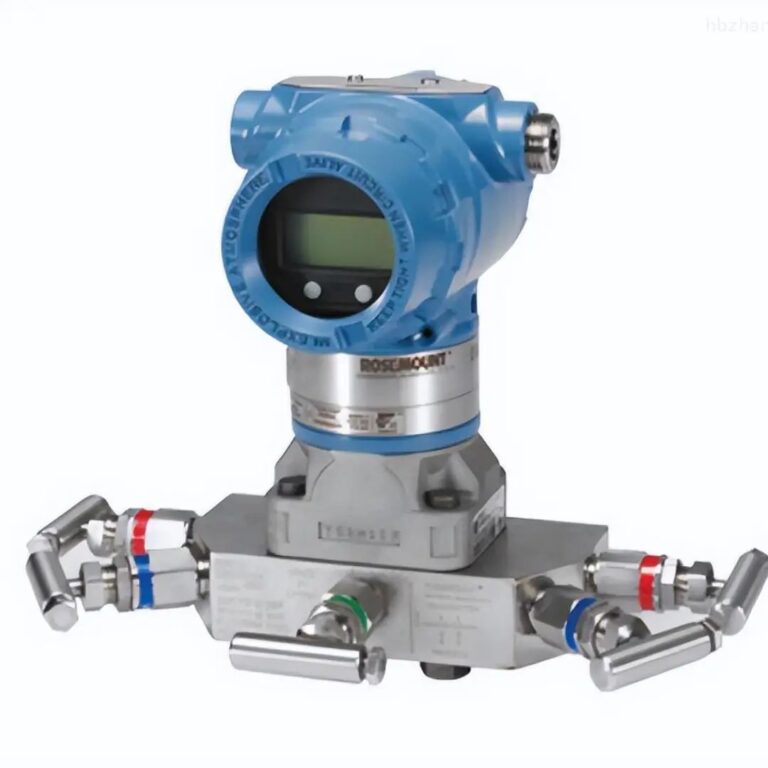Vortex Flowmeters:
Advantages:
- Accuracy and Stability: Vortex flowmeters provide relatively high accuracy in measuring steam flow and maintain stability over a wide range of flow rates.
- Low Maintenance: They have no moving parts, which makes them more durable and less prone to mechanical wear.
- Wide Range of Applications: Suitable for measuring steam, liquids, and gases, making them versatile in various industrial settings.
- Resistant to Pressure and Temperature: Vortex meters are generally resistant to high pressure and temperature, ideal for steam applications.
- Ease of Installation: Vortex flowmeters are relatively easy to install and require less space compared to some other flow measurement devices.

Disadvantages:
- Sensitivity to Fluid Conditions: Vortex meters can be sensitive to the density of the steam and flow disturbances caused by piping configurations, which can affect accuracy.
- Pressure Loss: There is a slight pressure drop across the meter due to the formation of vortices, though it is generally minimal compared to DP meters.
- Minimum Flow Requirements: Vortex meters have a minimum flow threshold below which they may not perform accurately, limiting their use in very low-flow conditions.

Differential Pressure (DP) Flowmeters:
Advantages:
- Proven Technology: DP flowmeters have been used for decades, making them a reliable and well-understood method for steam measurement.
- Wide Range of Applications: Like vortex meters, DP flowmeters can measure gases, liquids, and steam, offering versatility.
- High Accuracy for High-Pressure Steam: In high-pressure steam systems, DP flowmeters can provide accurate measurements.
- Wide Flow Range: DP meters can be used over a broad range of flow rates and pressures.

Disadvantages:
- Complex Installation and Maintenance: DP meters often require careful installation to ensure accurate readings and may need periodic calibration, increasing maintenance costs.
- Pressure Loss: Significant pressure loss occurs across the meter, which can be a drawback in some steam applications, especially where energy efficiency is critical.
- High Sensitivity to Piping Layout: The accuracy of DP flowmeters can be affected by upstream and downstream piping configurations, requiring strict adherence to installation guidelines.
- Requires Additional Components: DP flow measurement often requires additional components like orifice plates, nozzles, or venturi tubes, increasing complexity and space requirements.

In summary, vortex flowmeters are more maintenance-free and compact but may struggle with very low flow rates. DP flowmeters, while reliable and accurate in many conditions, are more complex, with higher installation and maintenance demands.
